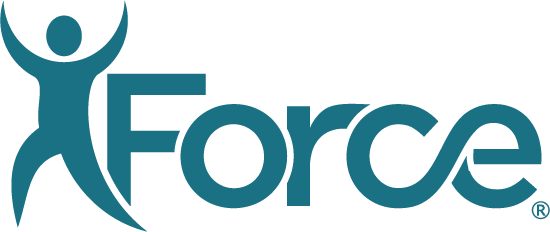Healthcare in the United States is undergoing a transformative shift from traditional fee-for-service models toward value-based care (VBC). This evolution is driven by the imperative to improve patient outcomes, enhance care coordination, and optimize resource utilization. In the context of musculoskeletal (MSK) health and orthopedic care, this transition holds profound implications for both patients and healthcare providers.
Read the full report here.
The Promise of Value-Based Care
At the core of value-based care is the recognition that successful healthcare delivery extends beyond mere medical interventions. Rather, it encompasses the entirety of a patient’s healthcare journey, from preventive measures to post-treatment recovery. The Centers for Medicare & Medicaid Services (CMS) has taken a leading role in catalyzing this shift, incentivizing providers to evaluate the best evidence-based care pathways for each patient, increase consistent patient monitoring, coordinate care effectively, and empower patients to take on a larger role in the recovery process.
This approach acknowledges that variation of standards of care can vary across organizations and providers, and that outcomes can vary across patient populations, leading to an undue cost burden on both patients and the national healthcare system. By incorporating cost data collection and including patient-reported outcomes (PROs) into the care equation, healthcare providers can tailor interventions to address not only clinical needs but also the broader context in which patients recover.
Furthermore, the CMS is increasingly setting ambitious targets for cost reduction and outcome improvement. By incentivizing providers to meet these targets, the CMS aims to create a healthcare ecosystem where high-quality care is rewarded, and unnecessary utilization of resources is minimized. This approach not only benefits patients by enhancing the value of care received but also encourages providers to innovate and optimize their care delivery strategies to deliver the best standard of care possible.
Navigating the Transition
The transition to value-based care presents both opportunities and challenges for healthcare providers. On one hand, the emphasis on comprehensive care aligns with the spirit of patient-centered healthcare, enabling providers to focus on long-term patient wellness rather than episodic interventions. On the other hand, the transition requires a reimagining of care delivery processes, technology integration, and data management practices.
To successfully navigate this shift, healthcare organizations need to invest in technology solutions that facilitate data collection, aggregation, and analysis. Robust solutions that integrate into electronic health record (EHR) systems and seamlessly incorporate PROs, direct patient communication, and real-time patient monitoring are crucial for informed decision-making. Moreover, building a culture of collaboration, interdisciplinary care, and patient engagement is pivotal to achieving the goals of value-based care.
As the healthcare landscape evolves, the transformation to value-based care in MSK and orthopedic care holds the promise of improved patient outcomes, more equitable care access, and more efficient resource utilization. By embracing this shift, healthcare providers can position themselves as leaders in patient-centered care, contributing to a healthier and more resilient care ecosystem. The journey to value-based care is not without its challenges, but the rewards—better patient experiences, improved population health, and sustainable healthcare systems—are well worth the effort.
Digital Care Facilitates VBC, Report Shows
In a recent report analyzing data from more than 50,000 patients at 4 nationally-recognized hospitals, ASCs, and private practices–Hartford HealthCare, Geisinger, ValueHealth, and Columbia Orthopaedic Group–digital care enablement was shown to be highly connective and engaging, with 83% of patients (more than 44,000) opting in to use the platform, nearly 80% receiving SMS reminders to complete tasks and review education materials, and 87% logging pain entries.
On average, patient compliance with PROs was 83% across all intervals, and more than 95% of patients reported feeling “prepared” or “very prepared” for surgery, having a “good” or “very good” experience at the facility, and understanding “clearly” or “very clearly” their post-op pain management plan. Average patient satisfaction with the procedure and the platform was 4.5/5 and 4.4/5, respectively.
Also observed in the study were distinct and clinically significant improvements in pain, function, mental health, and activities of daily living, as well as marked declines in disability scores. More than 80% of hip patients met the HOOS Jr. minimal clinically important difference (MCID) at 1Y post-operatively. Almost three-quarters of knee patients and 85% of shoulder patients met the MCID for KOOS Jr. and ASES, respectively, at 1Y, while nearly 60% of spine patients met the MCID for NDI and ODI at 6M.
Interested in learning more and exploring the data? Download the full report below.
Discover how Force Therapeutics can enhance your patient care. Request a demo today.



